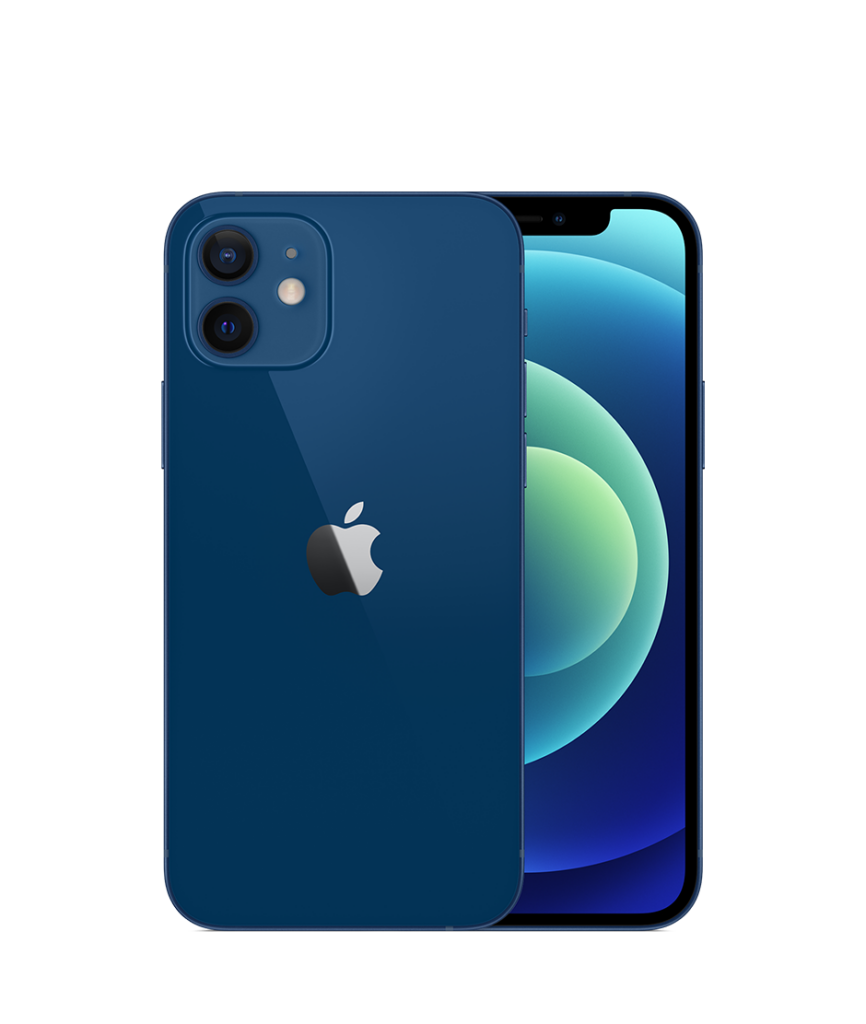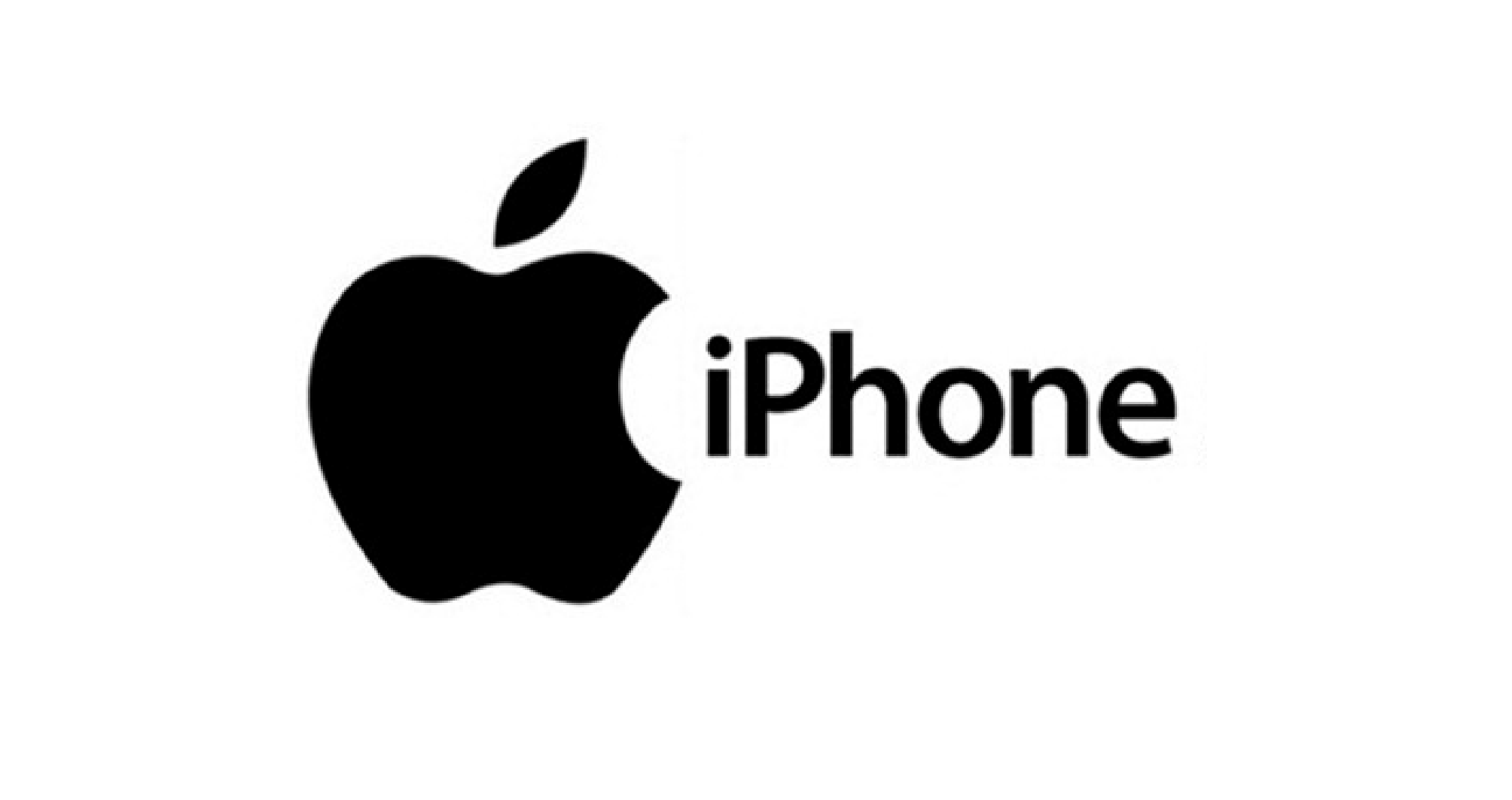In this new installment of caribbean technology We will talk about how it has evolved and the new aspects that the IPhone has brought with it during its 15 years since its first launch.
On January 9, 2007
The first mythical presentation of the original iPhone occurred, this broke with the established by discarding the physical buttons and the stylus and bet everything on a large screen, it was powered by OS 1 and supported common applications such as multi-touch gestures, HTML mail, Safari browser and YouTube.
2008
IPhone 3G Visually it was practically identical to the previous one, although inside it had a GPS and 3G connectivity, solving one of the problems of the previous generation and this is when the app store

2009
IPhone 3GS included performance improvements and a 3-megapixel camera and was capable of recording video in VGA resolution. Voice control also arrived

2010
IPhone 4 improves on its retina screen and loses millimeters of thickness, as well as being the first to incorporate a camera for selfies located next to the headset. It had VGA resolution, but it opened the door for video calls through FaceTime

2011
IPhone 4S It is the second S model of the brand, although in this case it did not mean speed but Siri, Apple’s assistant. Despite being visually very similar to its predecessor, inside it had a more powerful A5 processor and the camera underwent a major update, going up to 8 megapixels, with video recording in Full HD resolution.

2012
IPhone 5 a new aluminum design and a screen that rose to 4 inches The large 30-pin connector was replaced by a more modest Lightning connector, LTE connectivity was added and the selfie camera was improved to 1.2 megapixels, with HD video recording.

2013
IPhone 5C and 5S, On the one hand, there was the expected 5S as an improvement on the previous model, but this time it was accompanied by a 5C, a “cheap” version that changed aluminum for polycarbonate.

The iPhone 5S mounted the Apple A7, the first 64-bit of the brand, accompanied by an M7 movement coprocessor. The home button lost its drawing and gained Touch ID, the fingerprint recognition system.
2014
IPhone 6 and 6 Plus This time comes the first divergence in screen diagonal, with an iPhone 6 with a 4.7-inch screen and a 6 Plus with a 5.5-inch screen. In this NFC was added for secure payments through Touch ID, in addition to improving all internal components such as processor and cameras.

2015
IPhone 6S and 6S Plus It was a somewhat continuous renovation but it followed the premise of the S versions: to improve the previous one. New Apple A9 processor and better lenses both behind and in front. The selfie camera goes up to 5MP while the main camera reaches 12MP with 4K video recording. 3D Touch arrived, the screen that feels different levels of pressure.

2016
IPhone 7/7 Plus and iPhone SE The iPhone SE was born with a 4-inch screen, much more compact than its brothers. The iPhone 7 and iPhone 7 Plus included protection against water and dust but in exchange they lost the minijack. The larger model included a dual-lens rear camera and the season of portrait mode officially opened.

2017
IPhone 8 and 8 Plus were accompanied by the iPhone X with its characteristic notch. The screen ended up eating the entire front and taking both the start button and Touch ID ahead, which would be replaced by Face ID, the advanced facial recognition system.

2018
IPhone XS/XS Max and XR share a design almost to the millimeter with the previous iPhone X, although now it is accompanied by a larger version that increases the diagonal from 5.8 to 6.5 inches, both with Apple A12 and camera with optical zoom

2019
IPhone 11, 11 Pro and 11 Pro Max three models with the same name, but with differences in the battery and camera system. LCD screen, its two cameras include night mode, ultra wide angle and Deep Fusion photo processing. Pro models include three cameras: telephoto, wide angle and ultra angle.

2020
IPhone 12, 12 Mini, 12 Pro and 12 Pro Max, Apple decided to add OLED screens to all four models, in addition to the famous 5G and the A14 Bionic chip. designs again move away from curves and opt for straight frames.

2021
iPhone 13, 13 Mini, 13 Pro and 13 Pro Max These models include lenses with the ability to capture more light, cinematic mode, Macro mode, photographic styles, 3 x optical zoom, higher capacity battery and an adaptive 120Hz screen, reducing the »notch» by 20%. In addition, they added video recording in Pro Motion format to the Pro models. For the first time, the storage space is expanded to 1Tb.

2022
An Apple event already confirmed for September 7 lets us know, without the need for the company to confirm it, that the iPhone 14 is close. a leak by the company itself is that Xcode, Apple’s development tool for Mac, has revealed what seemed to be an open secret: its always-on screen function. And another leak, first seen on Weibo, lets us see precisely that increase in cameras. Also, and as the most relevant thing about the leak, there is an already usual color palette with silver, graphite, gold, blue and a new purple.

















